
Peter Schmieder Intecation of singlestrand binding protein
In bacteria, these proteins are known as single-stranded DNA binding proteins (SSBs) (7, 8). Escherichia coli SSB is a homotetramer, Figure 1A. Each monomer features a structured DNA-binding domain (residues 1-112) and a long and disordered C-terminal tail (residues 116-177) containing a highly acidic tip.
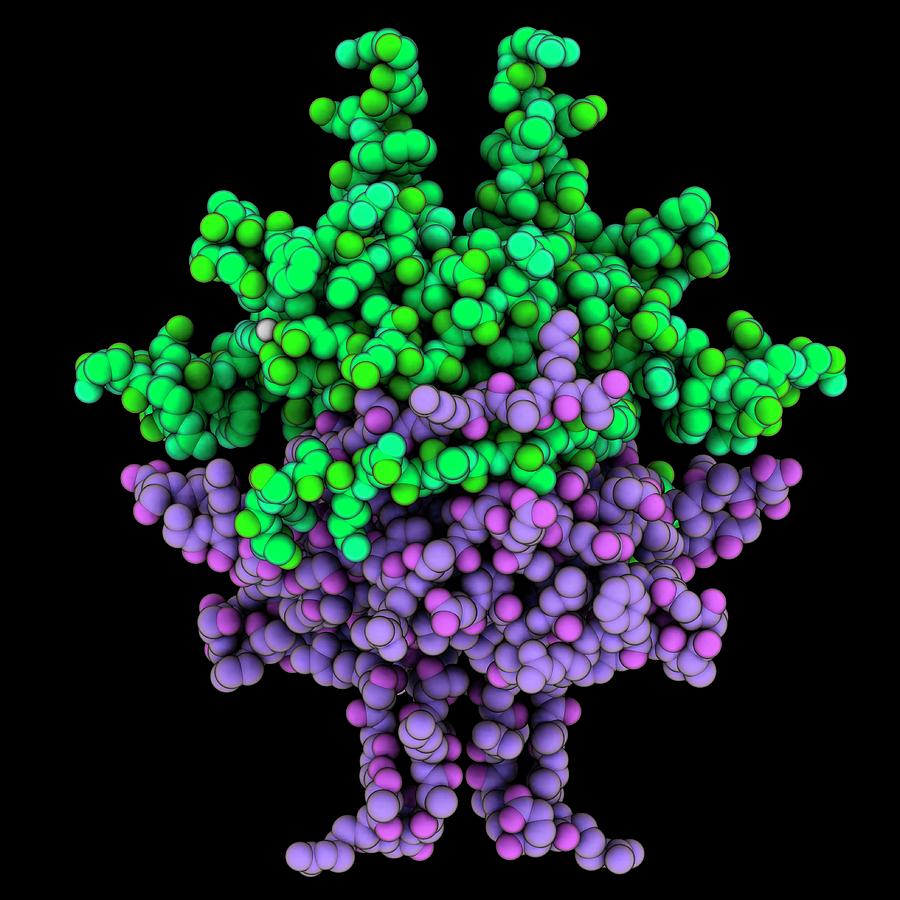
Singlestranded Dnabinding Protein Photograph by Laguna Design/science
Single strand binding protein (ssb protein) binds to separated strands of DNA and prevents reannealing. Primase complexes with helicase, creates RNA primers (pppAC(N) 7-10) on the strands of the open duplex 2 (Primase+helicase constitute the Primosome).

SingleStranded Binding Protein Structure And Function
Single-stranded binding proteins ( SSBs) are a class of proteins that have been identified in both viruses and organisms from bacteria to humans. Viral SSB Although the overall picture of human cytomegalovirus (HHV-5) DNA synthesis appears typical of the herpesviruses, some novel features are emerging. Structure
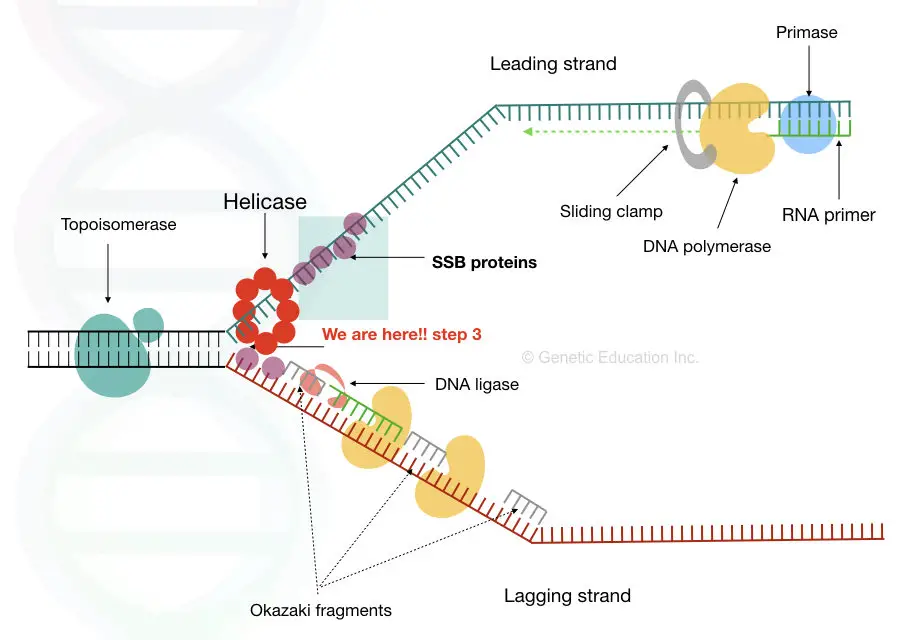
SingleStranded Binding Protein (SSB) Structure And Function
Biochemical study indicates that RPA can bind ssDNA in three states (illustrated in Figure 7 (b) ): (1) binding of OB folds A and B occludes about 10 nucleotides, (2) binding of OB folds A, B and C occludes 12-23 nucleotides, and (3) binding of the four OB folds occludes 28-30 nucleotides ( Arunkumar et al., 2003; Bastin-Shanower and Brill, 2001.

Singlestranded DNAbinding protein Stock Image C035/8205 Science
The recognition of single-stranded DNA (ssDNA) is integral to myriad cellular functions. In eukaryotes, ssDNA is present stably at the ends of chromosomes and at some promoter elements. Furthermore, it is formed transiently by several cellular processes including telomere synthesis, transcription, and DNA replication, recombination, and repair.

Singlestrand DNAbinding protein Top 6 Facts YouTube
Single-strand binding proteins bind to the single-stranded DNA near the replication fork to keep the fork open. Primase synthesizes an RNA primer to initiate synthesis by DNA polymerase, which can add nucleotides only in the 5' to 3' direction. One strand is synthesized continuously in the direction of the replication fork; this is called the.
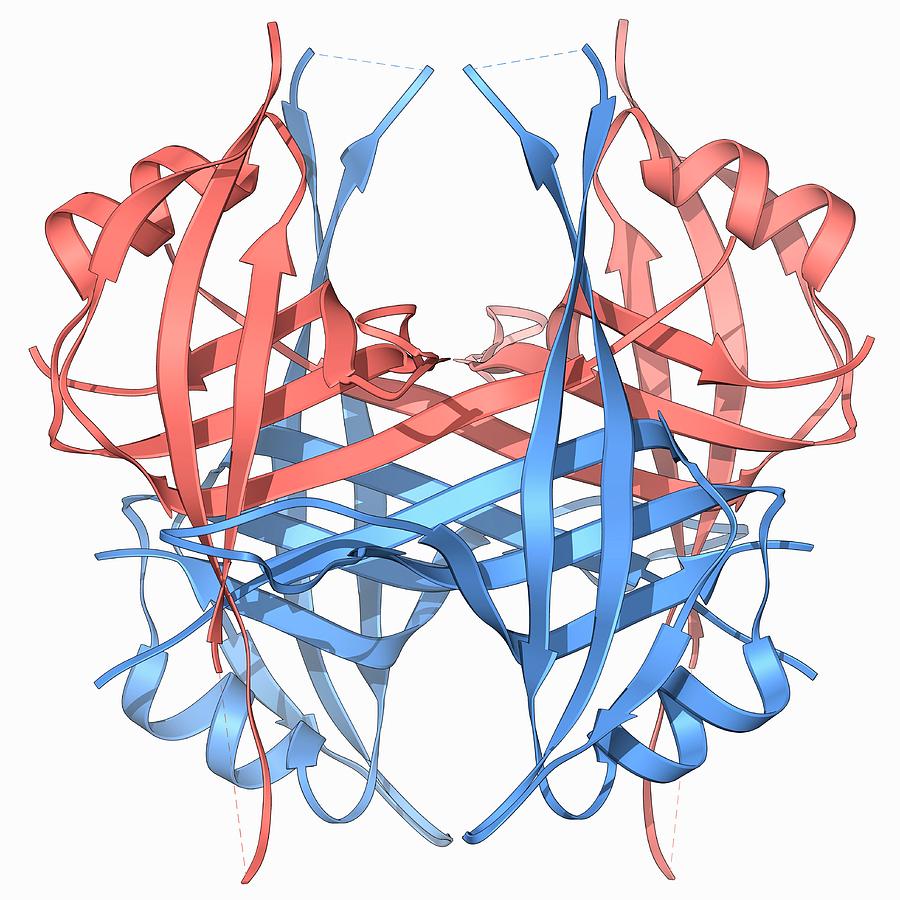
Single Stranded Dnabinding Protein Photograph by Laguna Design/science
Overview. Single-stranded DNA-binding protein (SSB) binds to single-stranded regions of DNA. This binding serves a variety of functions - it prevents the strands from hardening too early during replication, it protects the single-stranded DNA from being broken down by nucleases during repair, and it removes the secondary structure of the.

Singlestranded DNAbinding protein Stock Image C015/3229 Science
Single-strand DNA-binding protein ( SSB) is a protein found in Escherichia coli ( E. coli) bacteria, that binds to single-stranded regions of deoxyribonucleic acid ( DNA ). [1] Single-stranded DNA is produced during all aspects of DNA metabolism: replication, recombination, and repair.

TIFFANY'S BLOG
Replication protein A (RPA) is a heterotrimeric protein complex and the main single-stranded DNA (ssDNA)-binding protein in eukaryotes. RPA has key functions in most of the DNA-associated metabolic pathways and DNA damage signalling. Its high affinity for ssDNA helps to stabilise ssDNA structures and protect the DNA sequence from nuclease attacks.

Single stranded DNAbinding protein Stock Image F009/6459 Science
In one model, semiconservative replication, the two strands of the double helix separate during DNA replication, and each strand serves as a template from which the new complementary strand is copied; after replication, each double-stranded DNA includes one parental or "old" strand and one "new" strand.
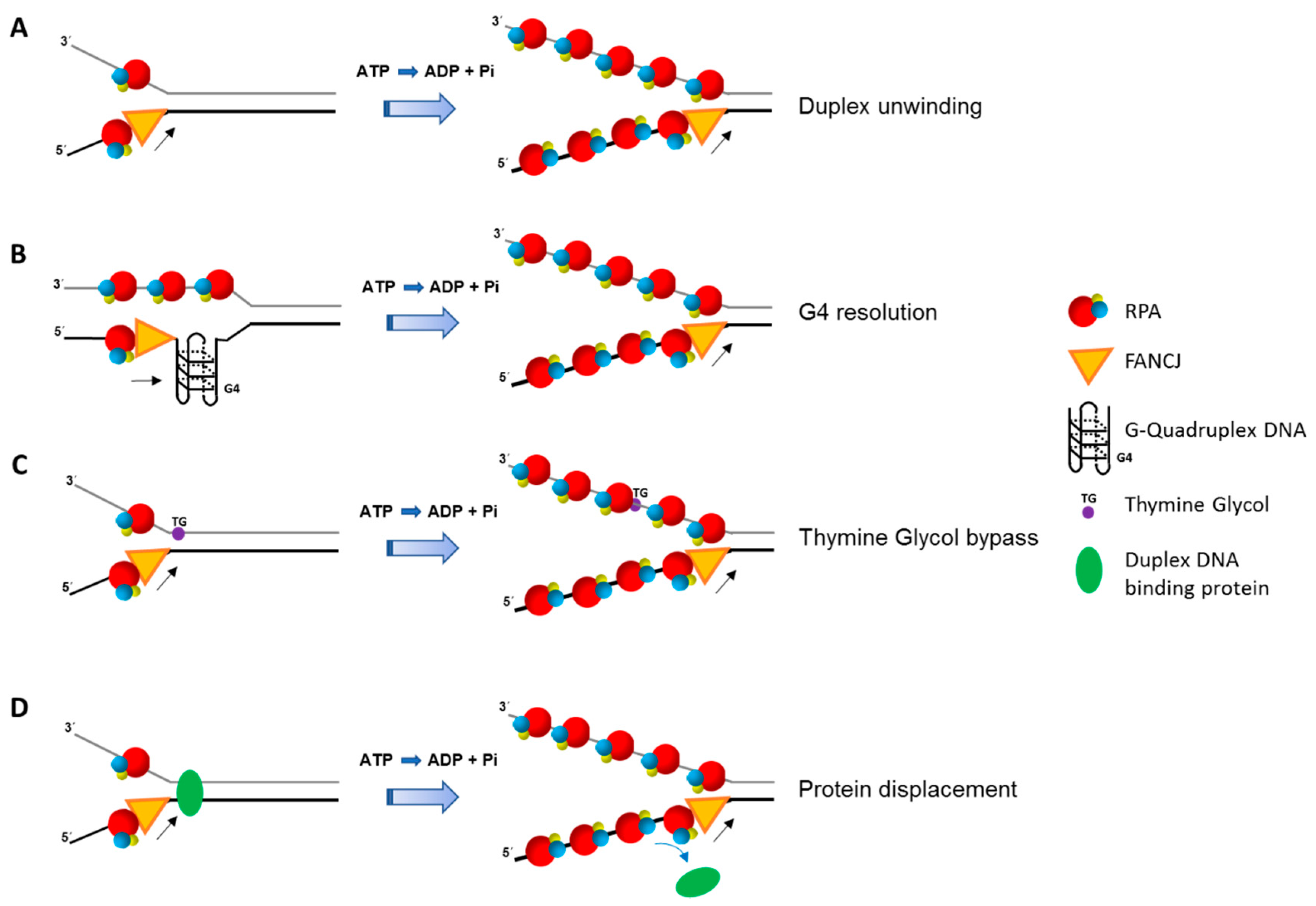
IJMS Free FullText Interactive Roles of DNA Helicases and
The Escherichia coli single‐strand DNA binding protein (SSB) is essential to viability where it functions to regulate SSB interactome function. Here it binds to single‐stranded DNA and to target proteins that comprise the interactome. The region of SSB that links these two essential protein functions is the intrinsically disordered linker.
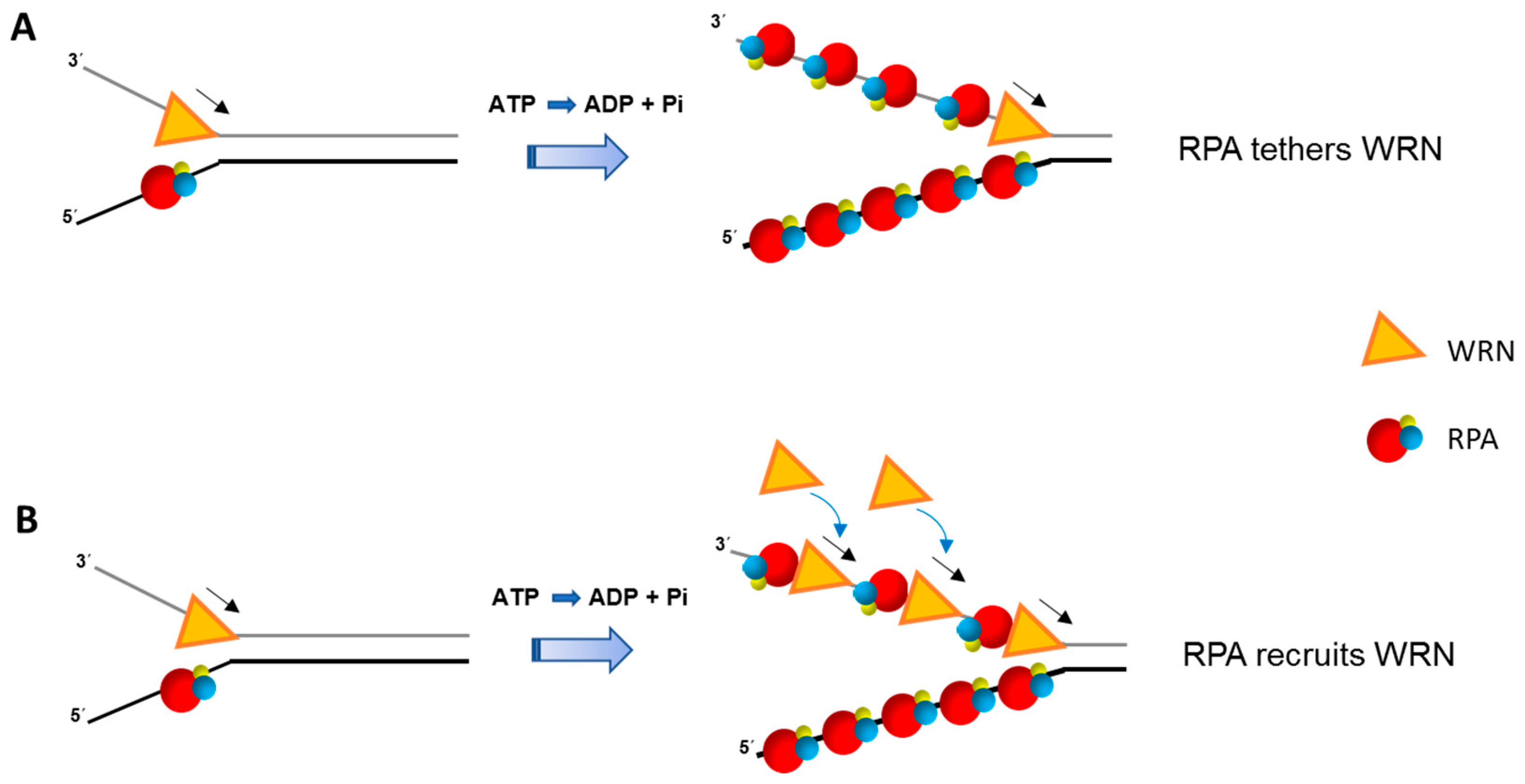
IJMS Free FullText Interactive Roles of DNA Helicases and
This process takes us from one starting molecule to two "daughter" molecules, with each newly formed double helix containing one new and one old strand. In a sense, that's all there is to DNA replication! But what's actually most interesting about this process is how it's carried out in a cell.
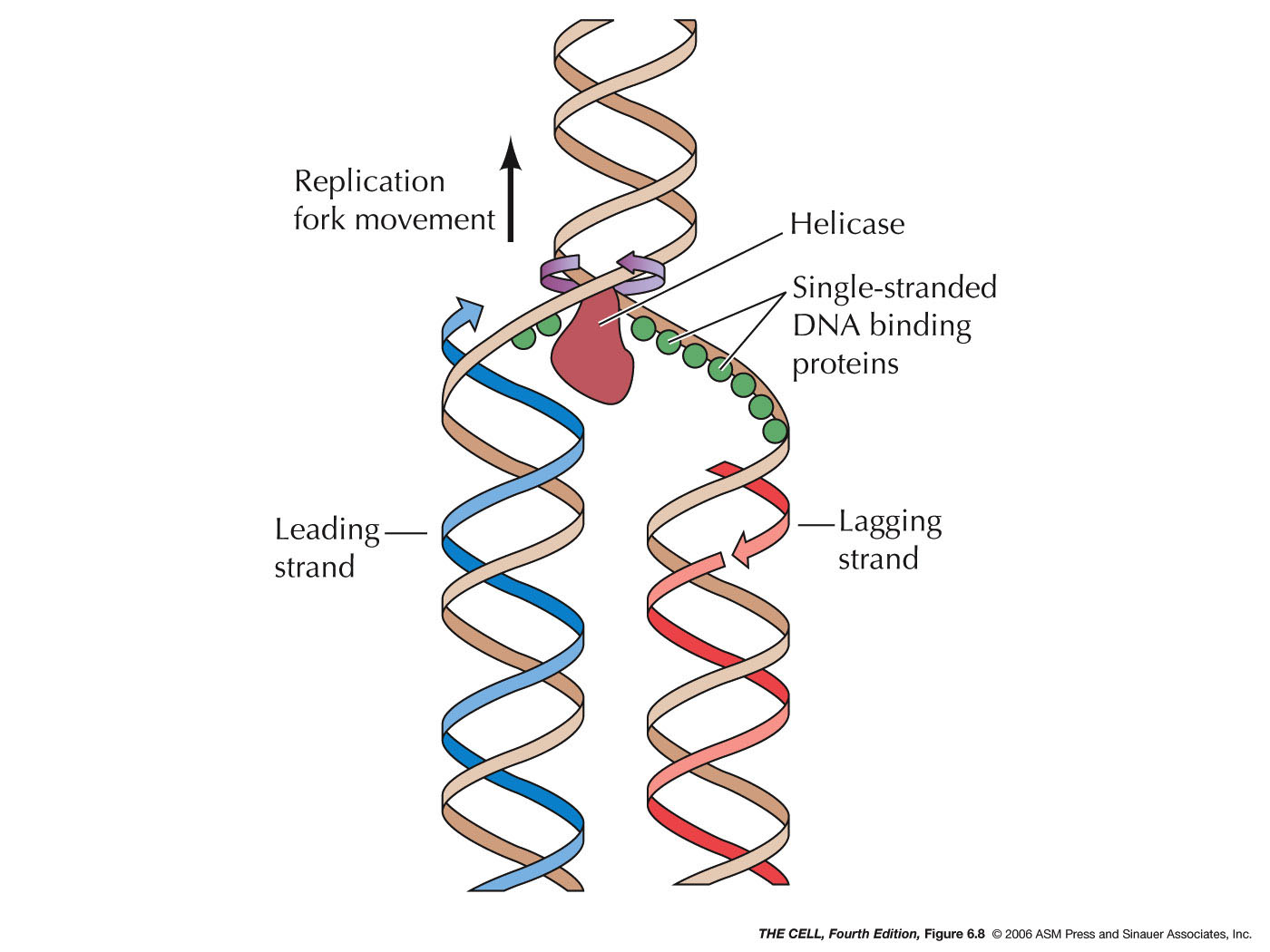
DNA Replication
Single-stranded DNA (ssDNA) in a cell is highly prone to degradation, so cells shield ssDNA from nucleases by coating it with ssDNA-binding proteins (SSBs). In eukaryotes, the canonical SSB is a.

SingleStranded DNABinding Protein Interactions Keck Lab UWMadison
Single-strand binding proteins bind to the single-stranded DNA to prevent the helix from re-forming. Primase synthesizes an RNA primer. DNA polymerase III uses this primer to synthesize the daughter DNA strand. On the leading strand, DNA is synthesized continuously, whereas on the lagging strand, DNA is synthesized in short stretches called.

Structural dynamics of E. coli singlestranded DNA binding protein
Bacterial SSB proteins, as well as their eukaryotic RPA analogues, are essential and ubiquitous. They avidly bind single-stranded DNA and regulate/coordinate its metabolism, hence enabling essential DNA processes such as replication, transcription, and repair. The prototypic Escherichia coli SSB protein is encoded by an ssb gene.
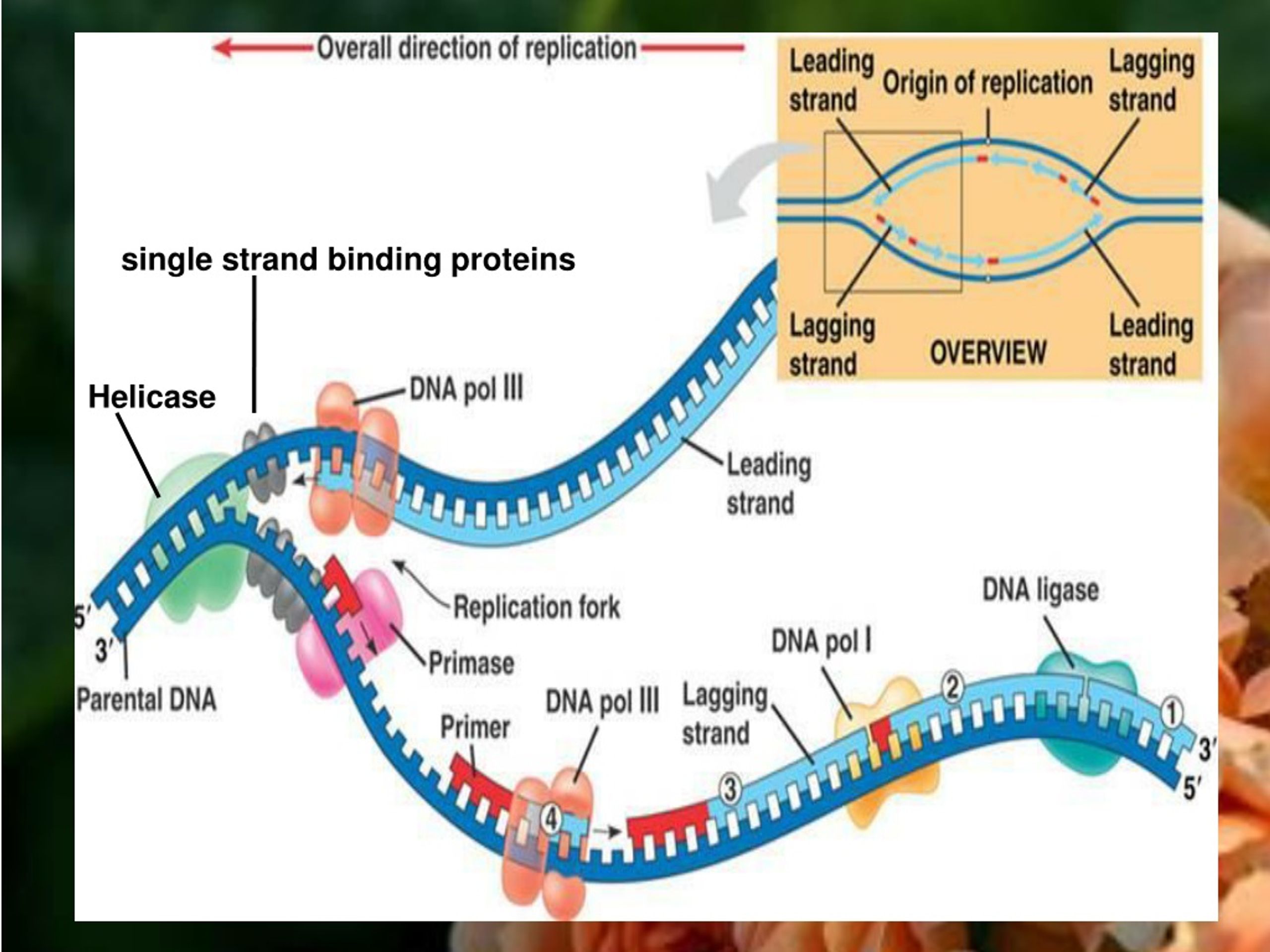
PPT DNA Replication PowerPoint Presentation, free download ID1250636
Using single-molecule imaging and manipulation, the authors show linker histone H1 preferentially forms phase-separated droplets with single-stranded nucleic acids over double-stranded DNA and.